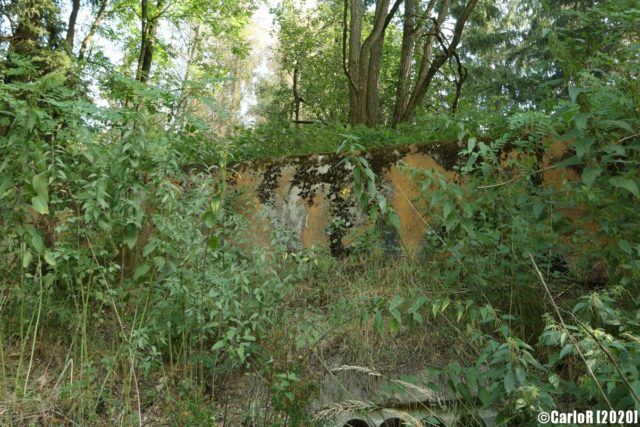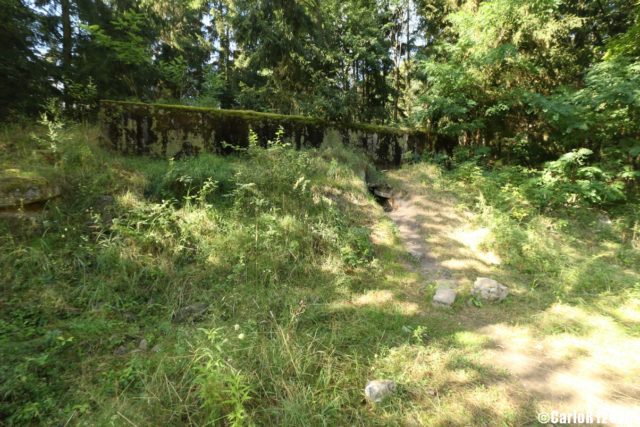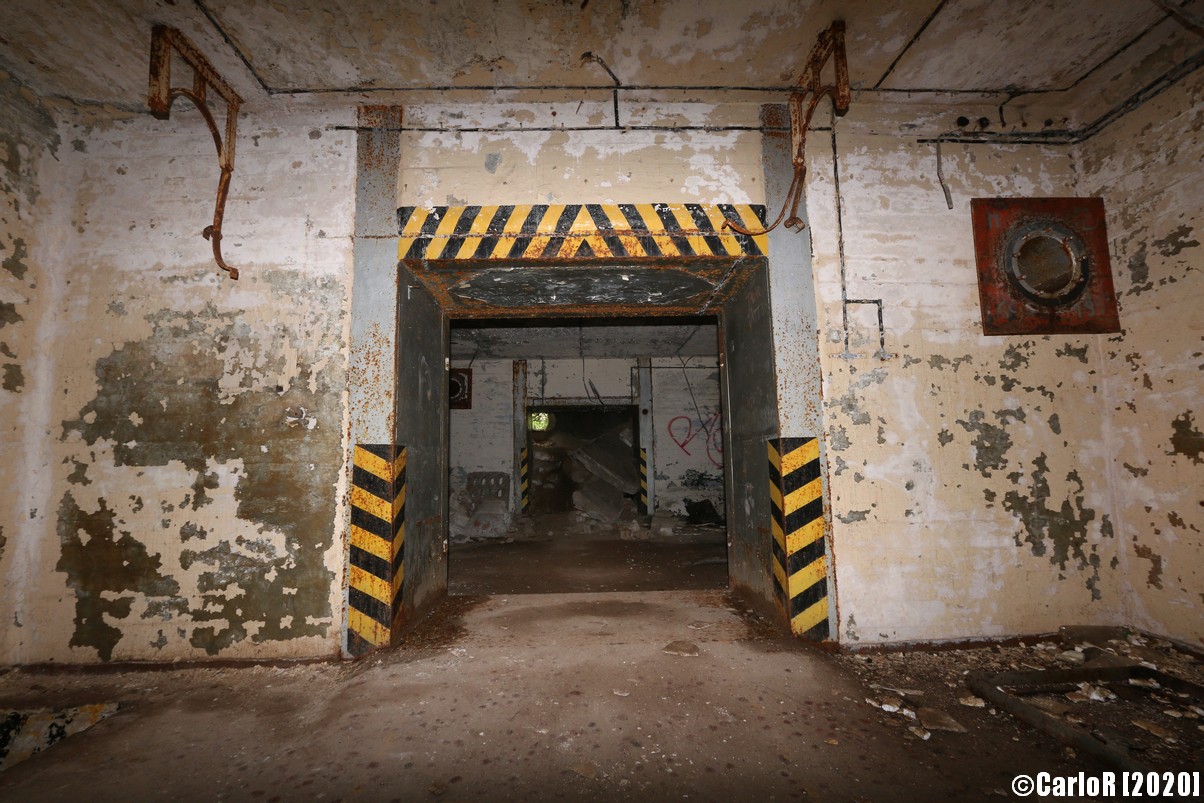Object 3003 Templewo: There are various Soviet nuclear bunkers hidden in forests around Poland as a result of the Wisła project. Mostly, these have been torn down and reclaimed by the natural environment that hid them from the world for so many years.
The remains of one such bunker are located in a village called Templewo, which stands in Western Poland, about nine miles from Międzyrzecz. When it was operational, the bunker was codenamed Object 3003. The military site is not listed on any maps, but its remains are still popular with those curious about this secret period in history.
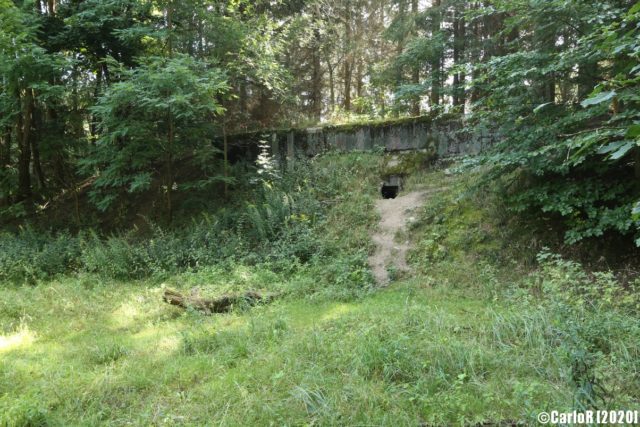
Furthermore, the Templewo bunker was once a site of great interest to naturalists and scientists because it was home to a colony of cannibal ants.
There is little information available about the abandoned Soviet military installations that were created under Wisła. They were constructed and run in secret, and a lot of information about them was excluded from the official documentation.

However, it is widely believed that Object 3003 was completed at the end of 1960 by the Soviet army. It was used for over 30 years before it was abandoned in the wake of the collapse of the Soviet Union in 1991.
Object 3003 was built from precast concrete elements and covered with a thick layer of earth. The bunkers were equipped with a power supply, water tank, and ventilation system. This was necessary for the correct and safe storage of weapons.
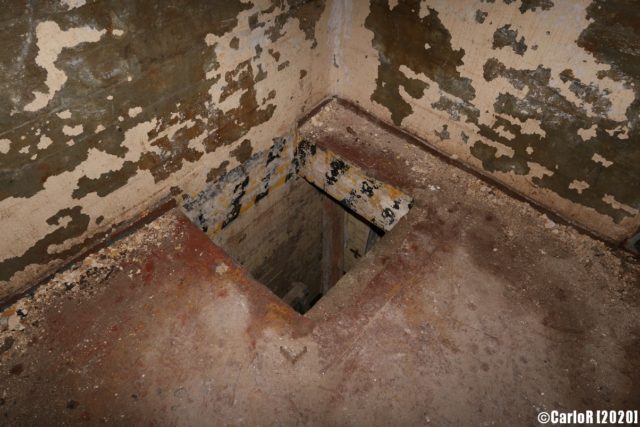
During its lifetime, the bunker was expanded with new facilities, such as the Monolith Bunker, being added. This addition was a two-story structure that housed nuclear warheads. In 1992, the Templewo bunker was decommissioned and abandoned by the Russian army.
As noted above, it is almost impossible to find information about military bunkers from the Cold War era in archival records. There are no plans of such locations; there are no details about their spatial organization, field defense, or any changes that were carried out.
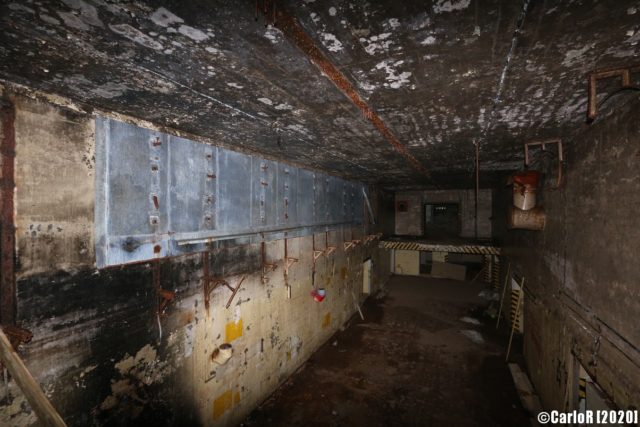
This is because the Soviets didn’t want the world to know that they had planted nuclear warheads in such locations, which would mean they could more easily launch them at European targets.
As a result, rather than urban explorers and photographers unlocking the history of such a place, archaeologists have been called in to use a combination of laser-scanning, historical cartography, archived aerial photographs, and declassified satellite imagery to find out what the base looked like when it was operational.
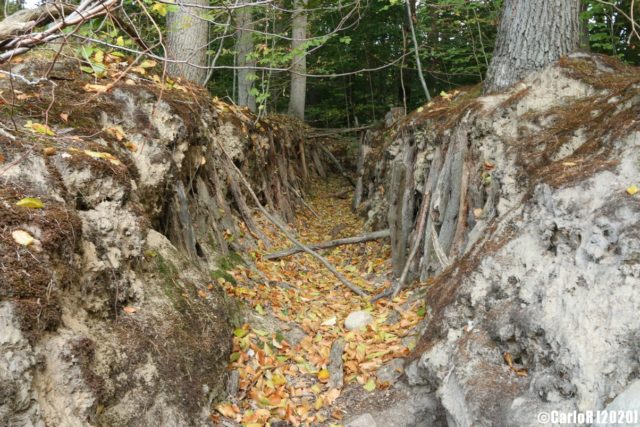
Many buildings on the abandoned military ground were demolished in the 1990s. In 2011, the Granit-type bunker was torn down. By that point, all internal hardware had been removed from the buildings, and any useful materials from the surrounding area had been carted off.
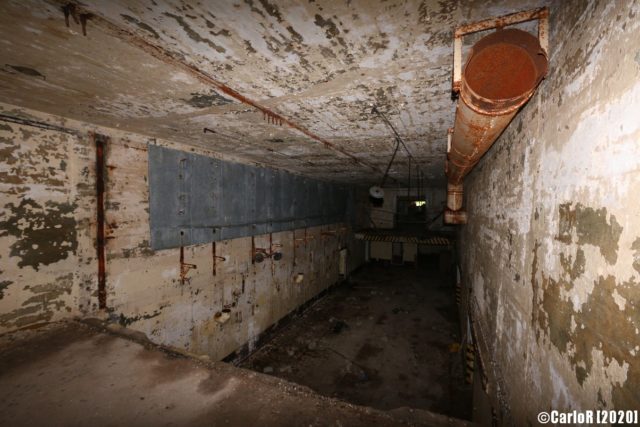
Today, many abandoned Cold War military installations are left unprotected, as they are thought to have little value and cannot be considered cultural heritage because they belong to the recent past.
However, a nuclear storage facility, like Object 3003, will always attract a large number of tourists. After all, these are the ruins of a secret Cold War facility, and the fact that little is known about them just adds to the mystery of the solitary ruins.
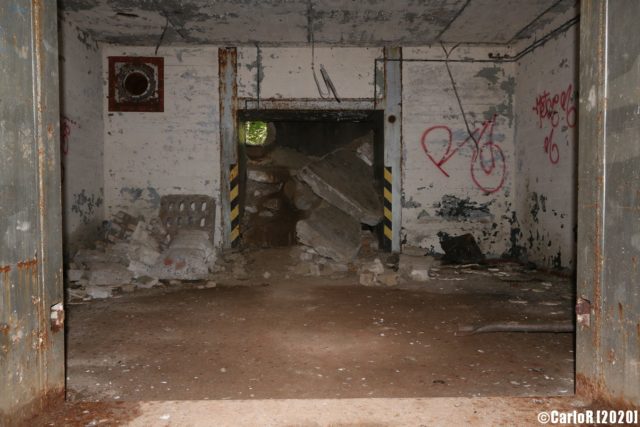
The military base at Templewo also became known to the world due to an exceptional wood ant colony that was discovered deep inside a bunker in 2013. A wood ant mound exists on the top of a ventilation pipe jutting out of the ground. These ants lead a normal, natural life.
However, some of the ants fell down the ventilation shaft to a place with no sun, no heat, and no light. But they didn’t give up and instead formed their own colony, which scientists named Ant Colony Two. With their usual diet of honeydew from aphids denied to them, they survived by eating each other.

This was not a huge step for such creatures, as battles between colonies are not uncommon as they search for food, and the victors will eat the defeated. What was particularly fascinating to scientists was that the ants would organize the “waste” from the consumed ants into piles before being transported away.
The ants had no queen, no larvae, and did not reproduce, but that didn’t stop them from carrying out their normal day to day tasks and continuing to survive in the best way they could.
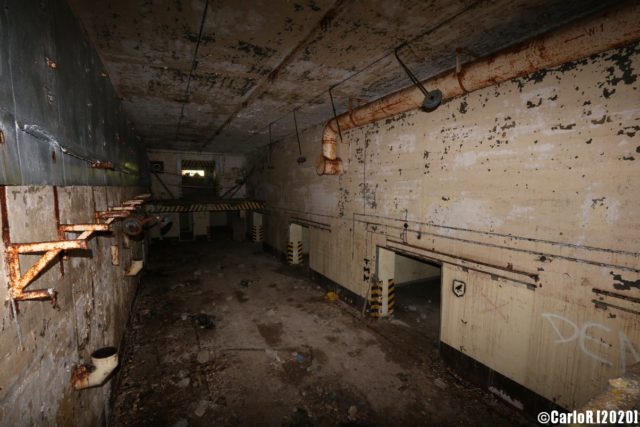
While the general rule of naturalists is not to interfere with nature, the scientist studying the ants felt that helping those in Ant Colony Two wouldn’t be going against that principle since the ants had fallen into a human-made structure rather than a natural one.
Consequently, when the scientists had finished studying them, they put in a boardwalk that connected Ant Colony Two in the bunker with Ant Colony One above – the original colony outside. When the scientists returned a year later, Ant Colony Two had vanished.

Today, the site that once housed Russian soldiers has now been reclaimed by nature. Access to it is via a paved road, but one which has grass growing through the cracks. However, it’s still suitable for a modern car. There are many trenches and foxholes around the area, and visitors should be careful as there’s plenty of barbed wire too.
If you are interested in secret Cold War bunkers based in Poland, why not check out our article on Brzeźnica-Kolonia (otherwise known as Object 3002) here. While the Granit-style bunker at Templewo has been demolished, the one at Brzeźnica-Kolonia is still standing.
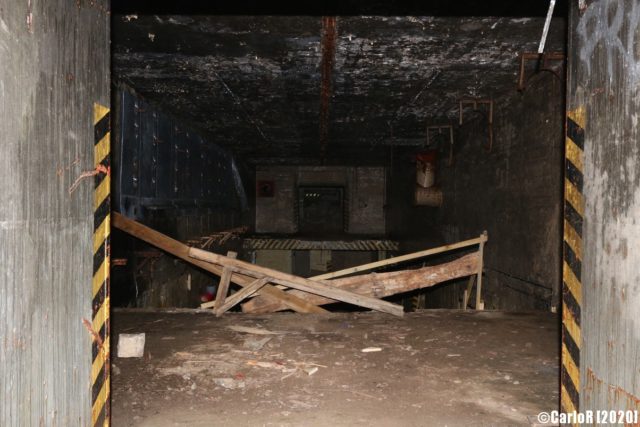
The photographer, CarloR, runs a blog about his travels. He likes to visit places that do not usually fit into typical travel plans. Before each trip, he carefully plans all the details and uncovers as much as he can about the history of his chosen location.
Afterward, he openly shares everything that he has learned as well as his experiences upon reaching his destination.
CarloR also takes many detailed photographs of his explorations and publishes them in an article. Visit his website and feel free to contact him with any questions about trips you might have.
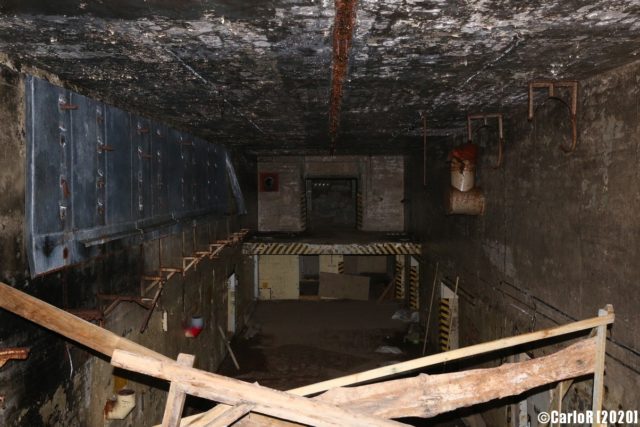
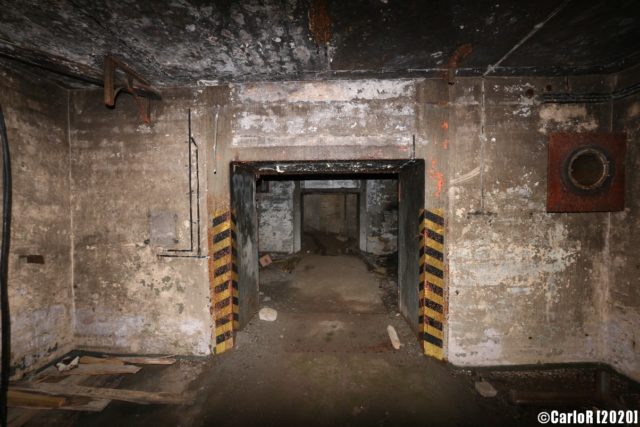
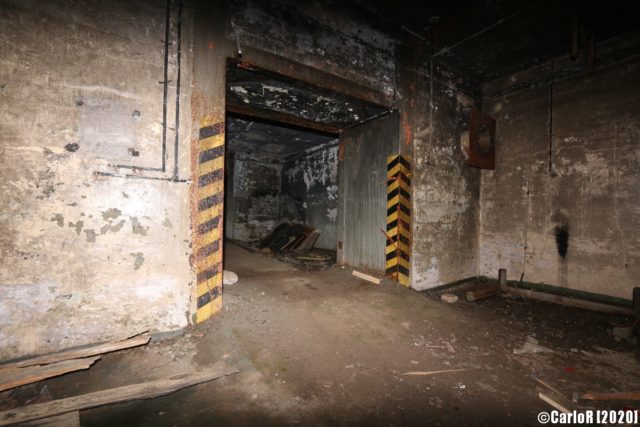
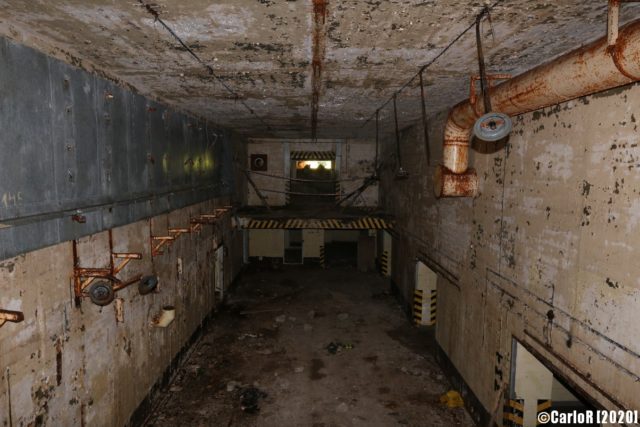
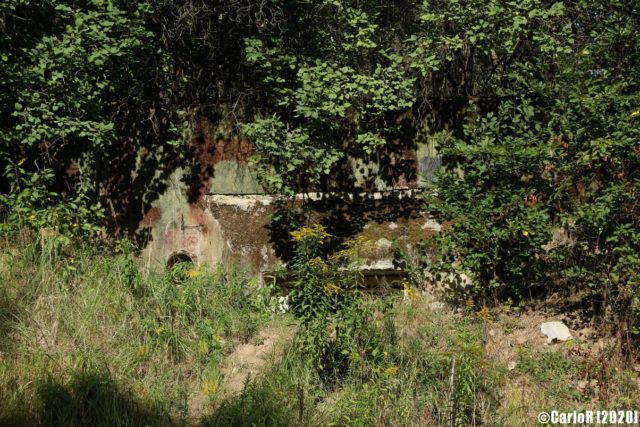
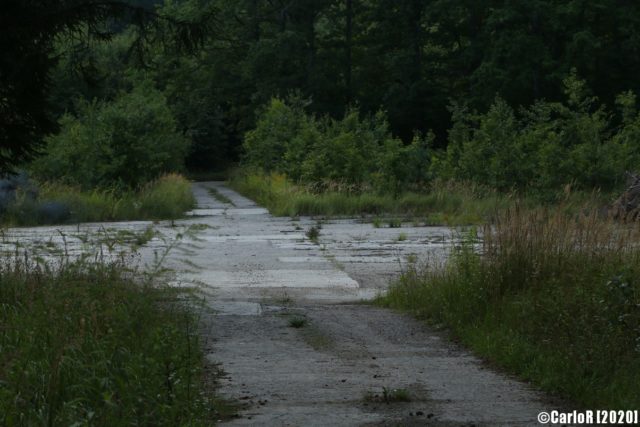
Another Article From Us: SS United States: A Fate Unknown
